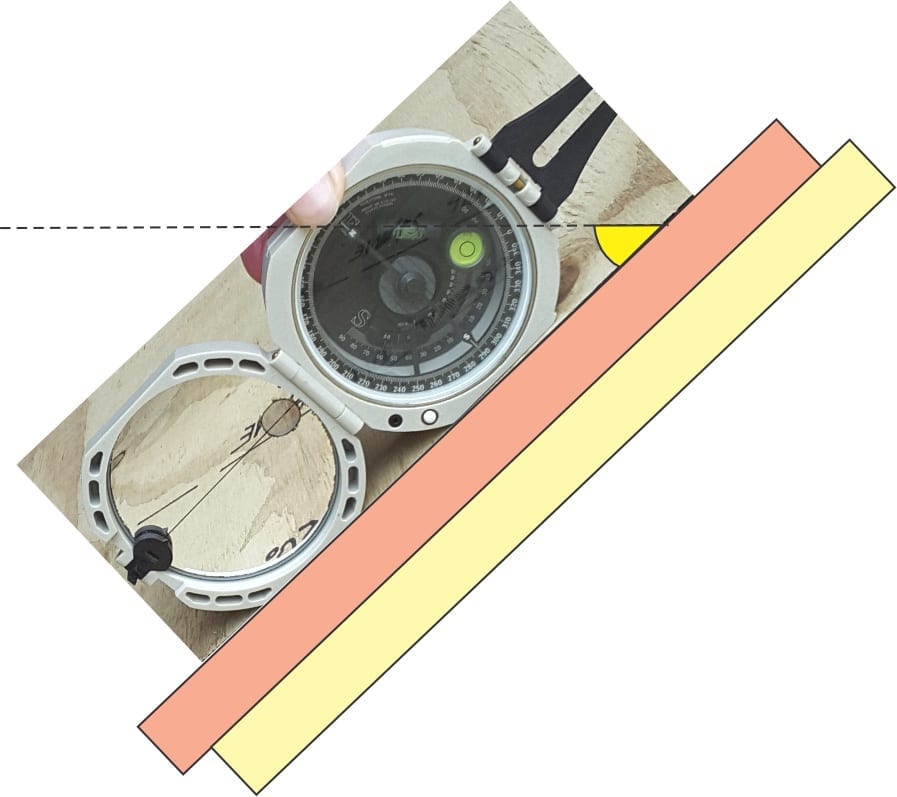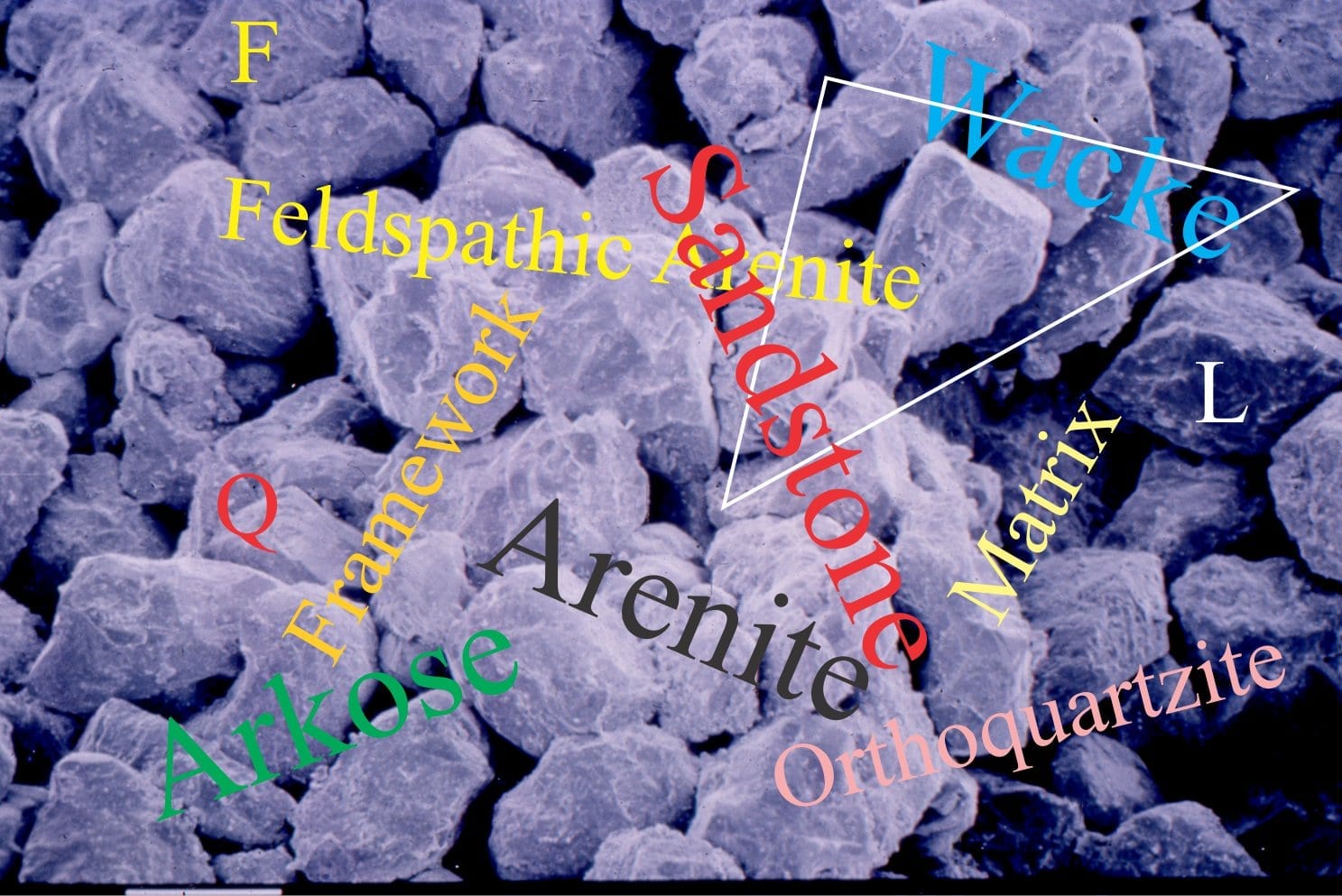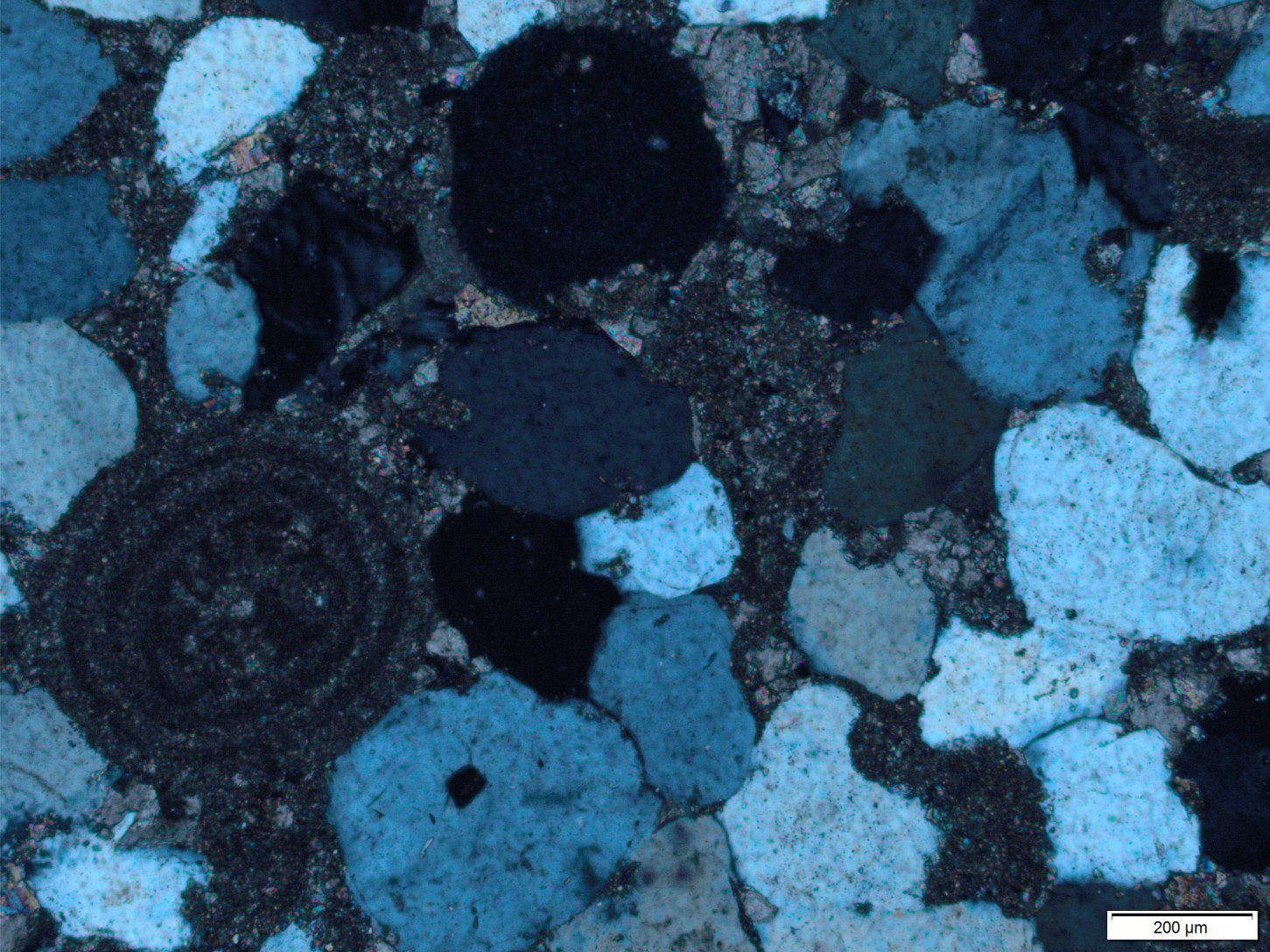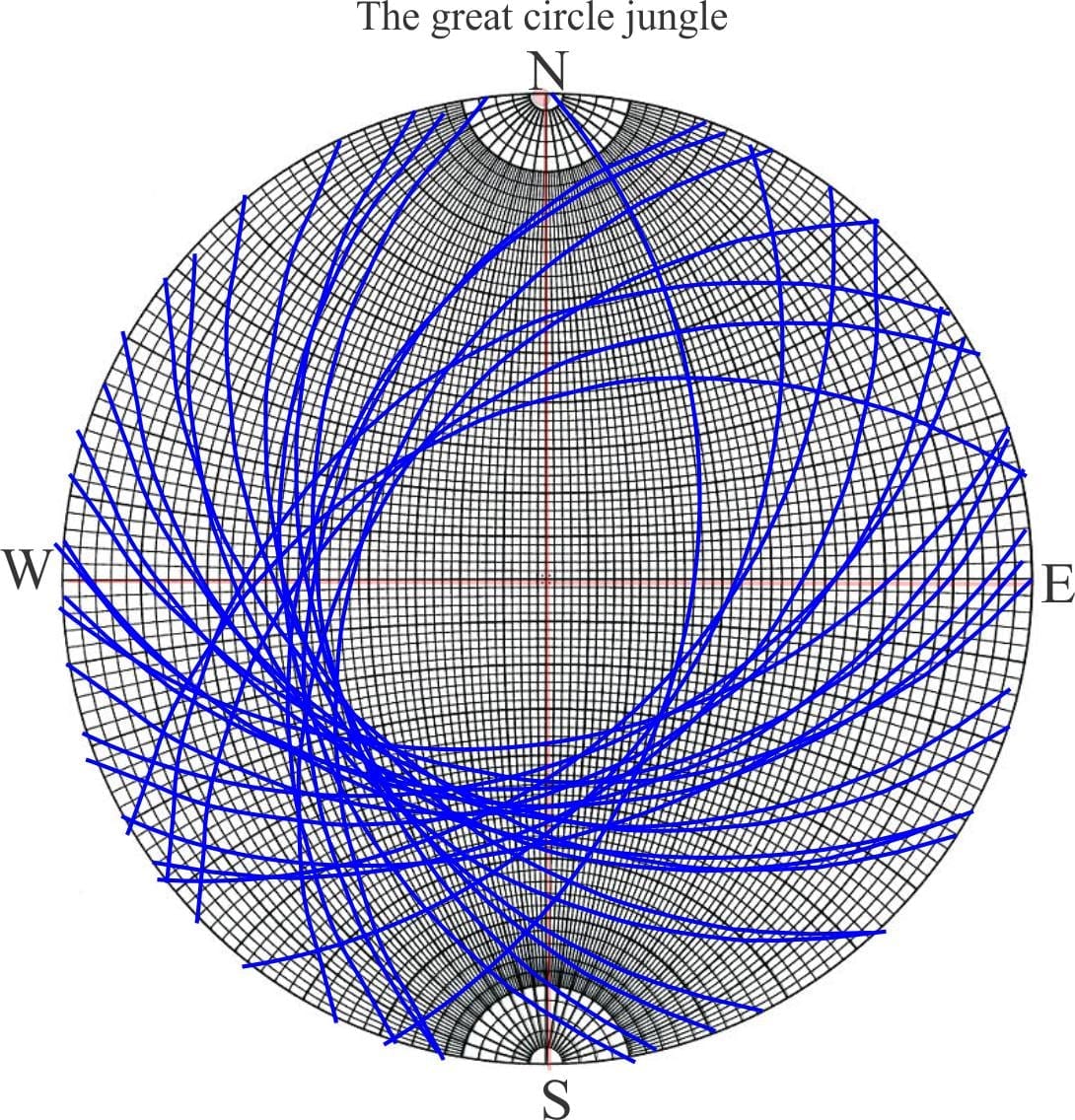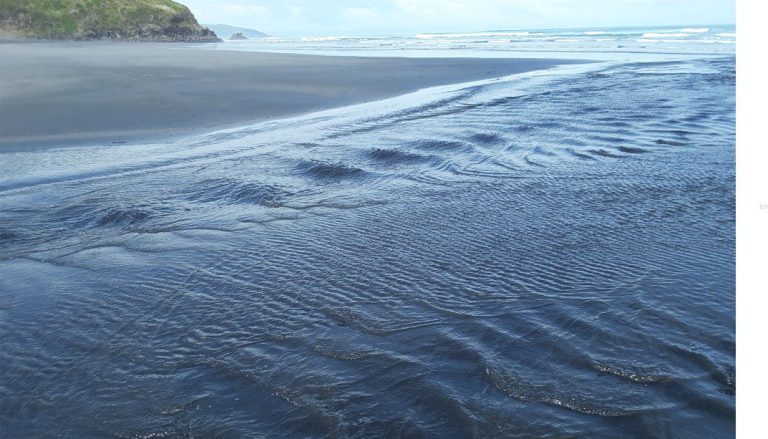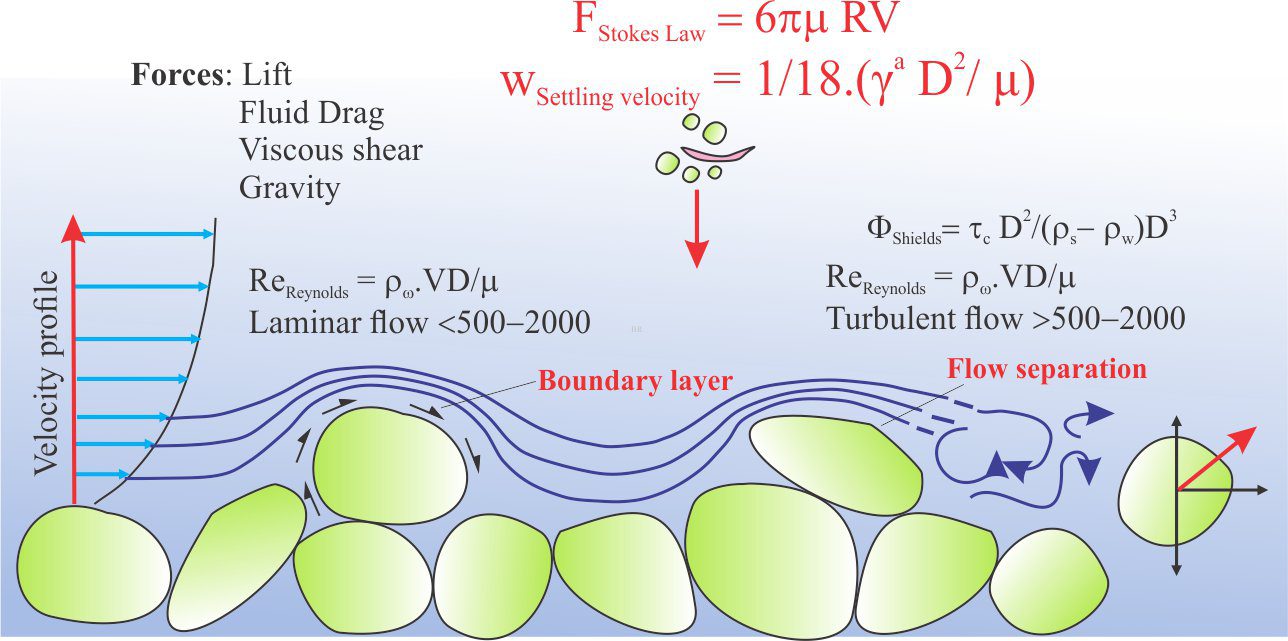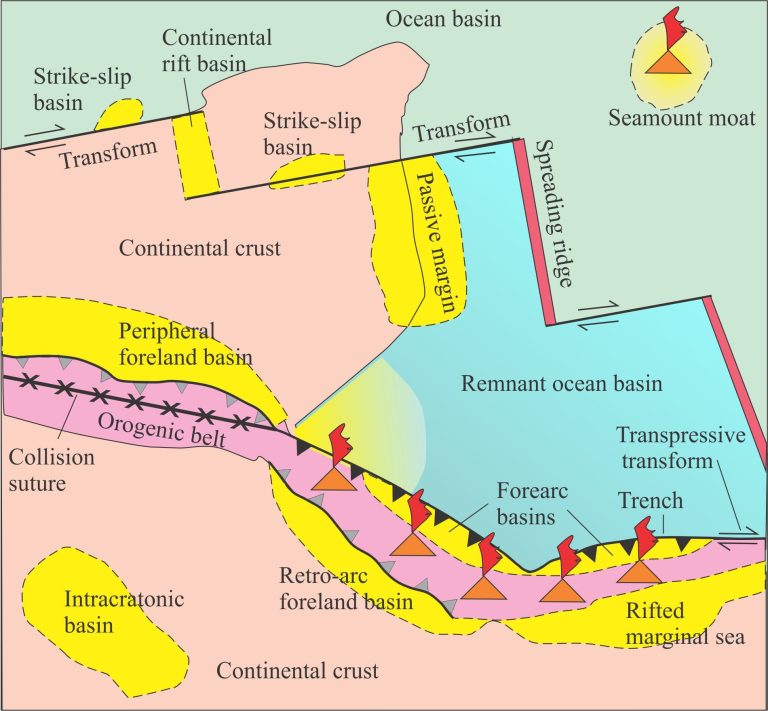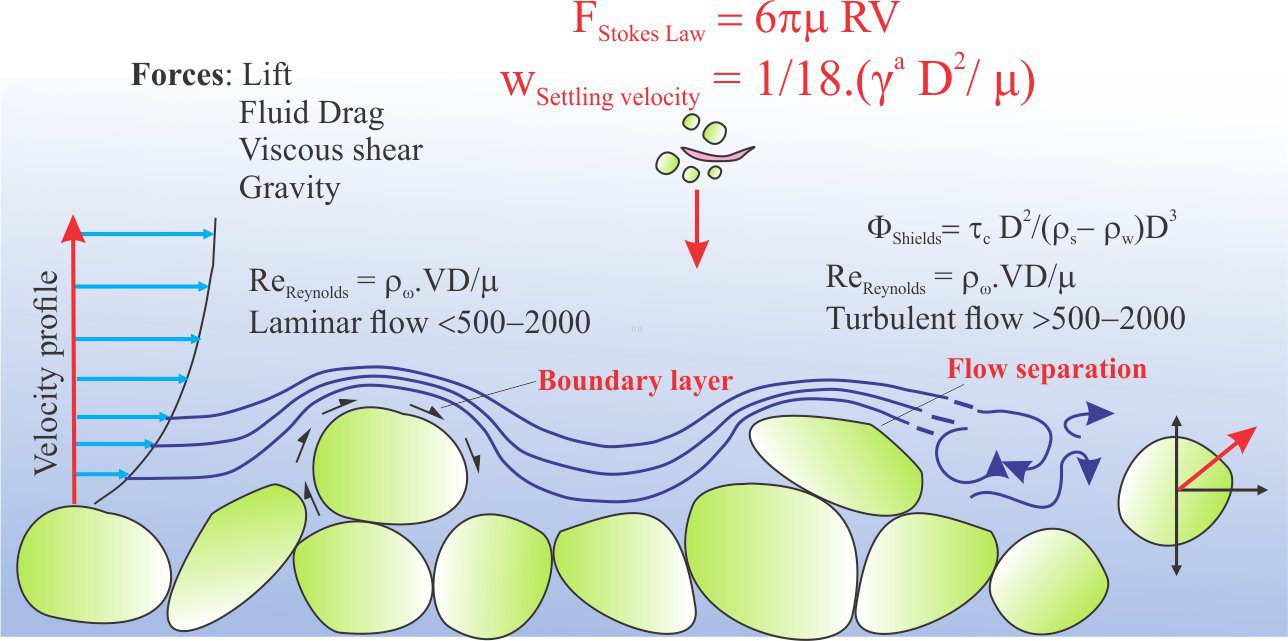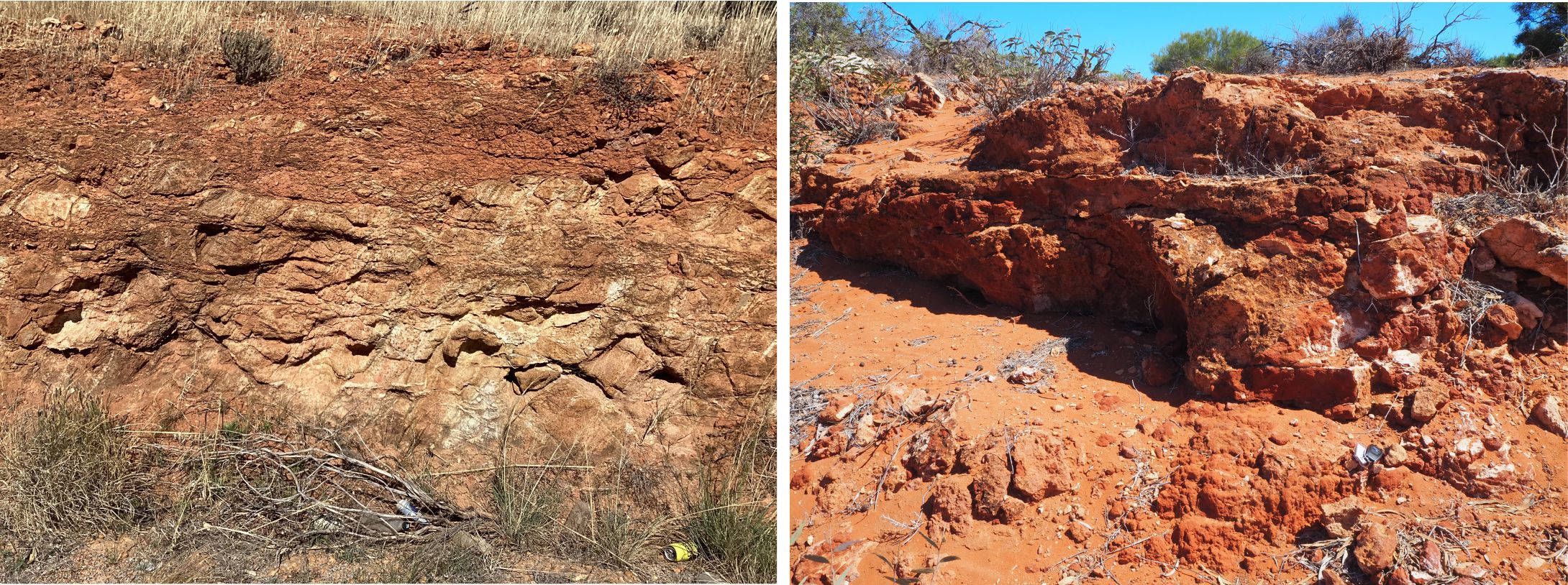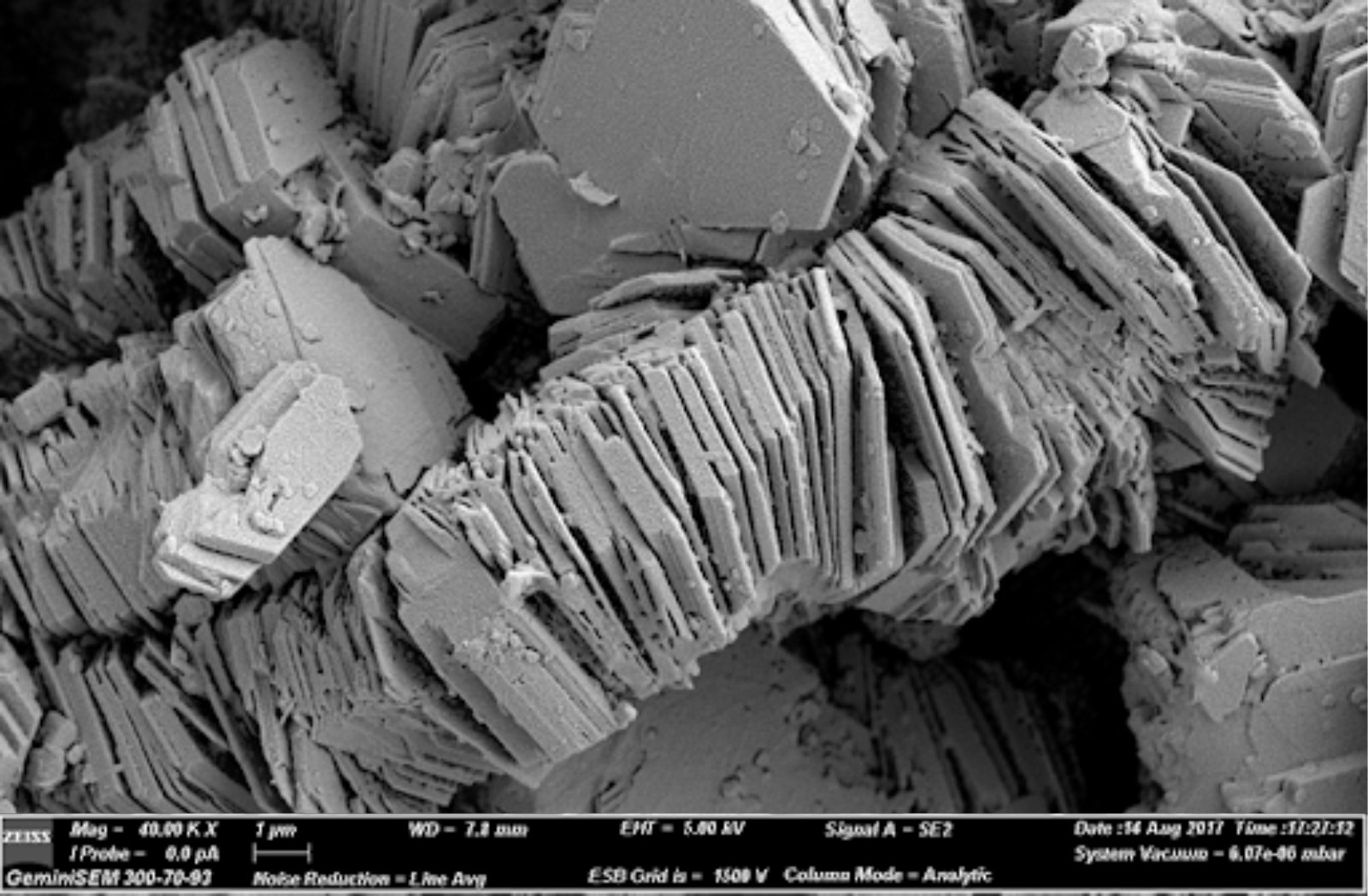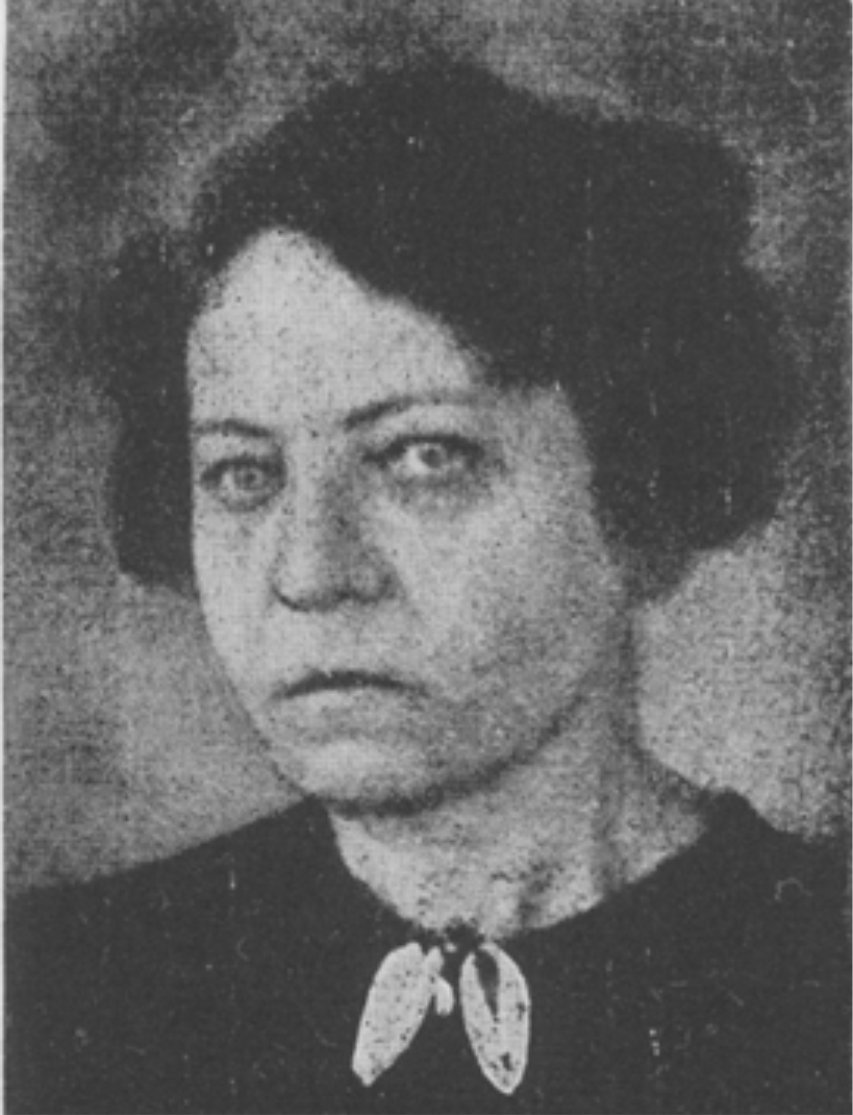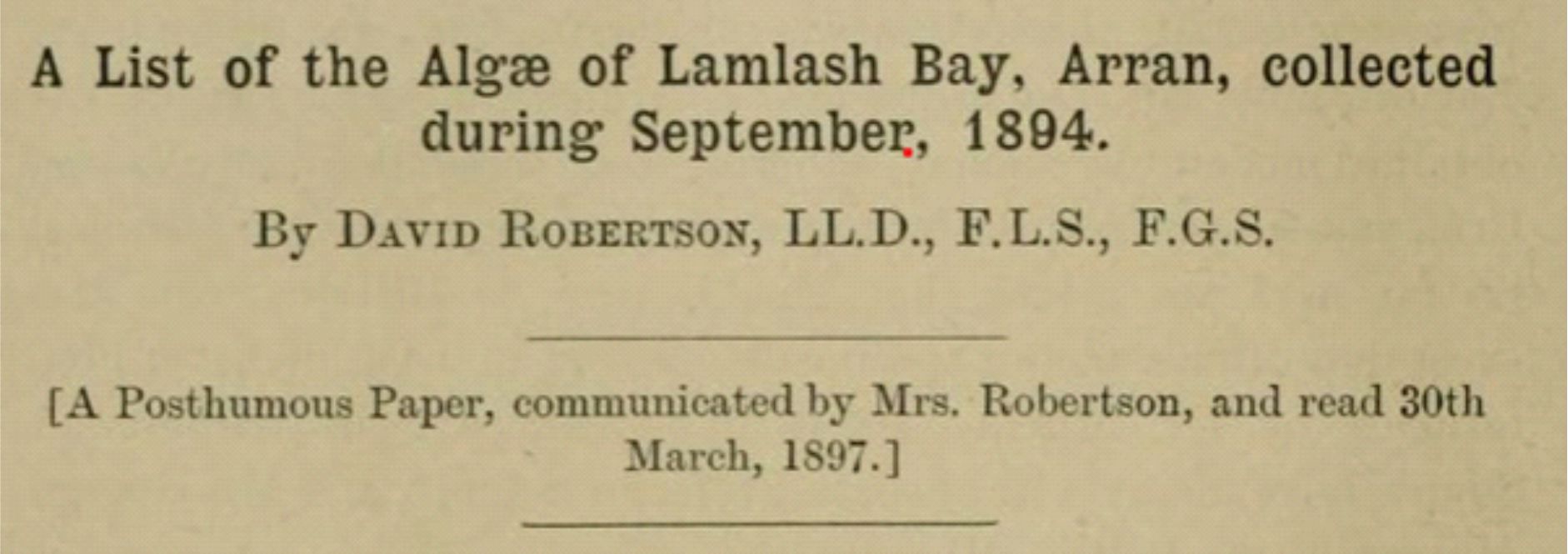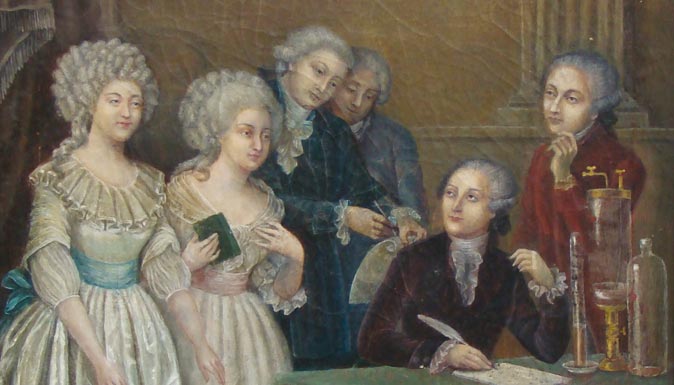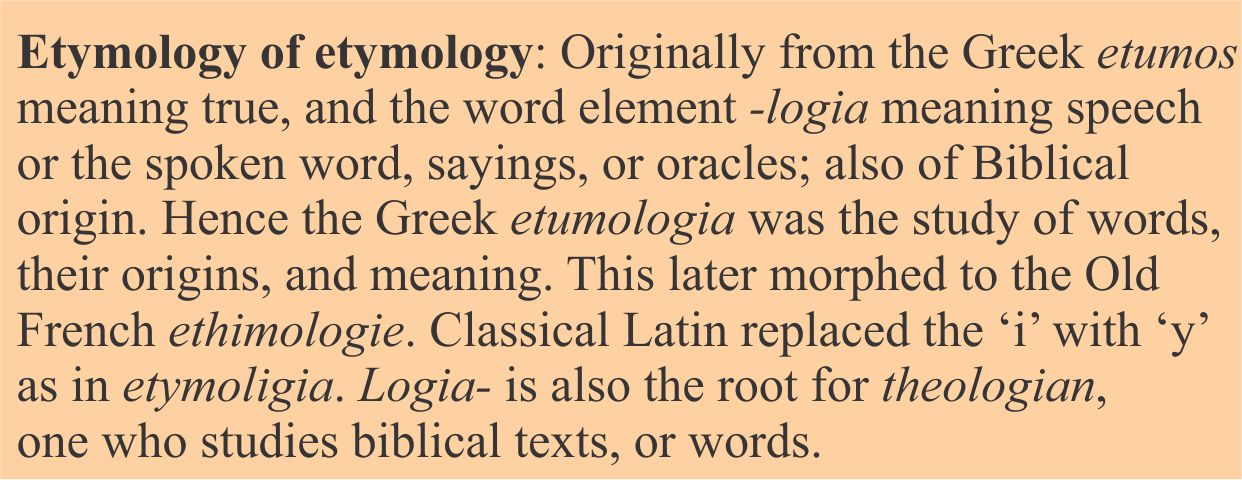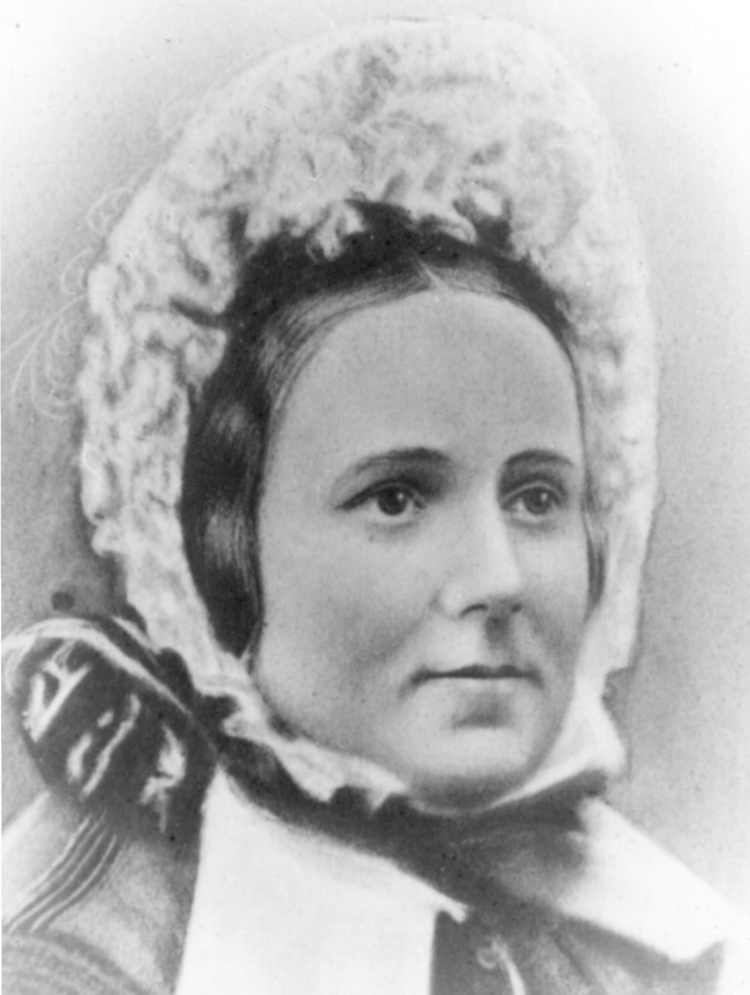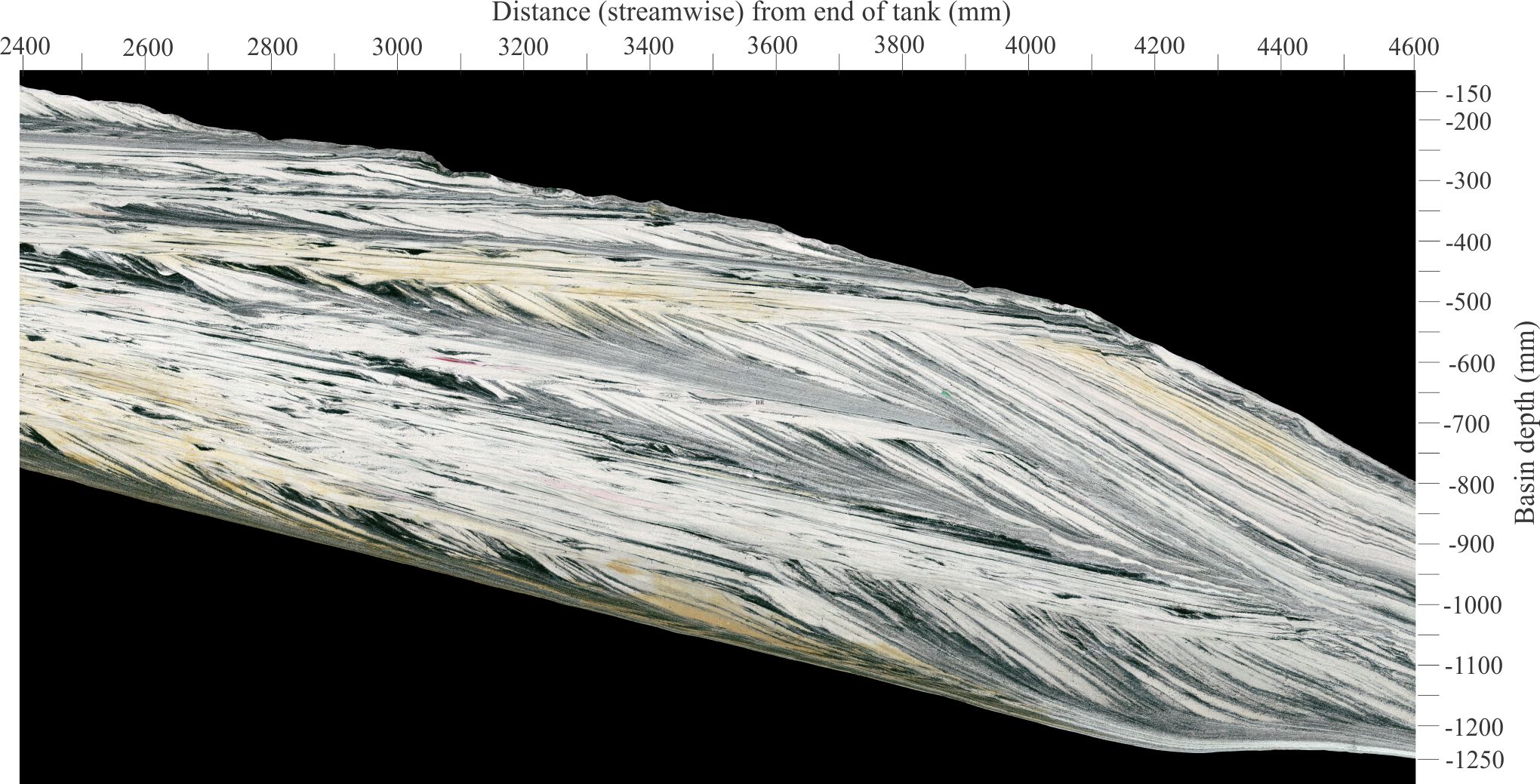This biography is part of the series Pioneering women in Earth Sciences – the link will take you to the main page.
Like many 18th and 19th C ‘wives of prominent scientists’ Hannah Robertson’s name is all but forgotten amidst the hubbub of accolades and remembrances of her well-known husband, David Robertson. But behind the legal status of wives (at that time in Britain) and the expectations of society’s norms, lies an important truth, that most of these husbands would have faltered and perhaps never reached the lofty heights of scientific excellence.
David Robertson (1806-1896) was known as the “grand old man” of Cumbrae, a small island about 30 km west of Glasgow. He was a businessman and naturalist who specialized in malacology (modern molluscs), microfossils, and algology (seaweeds). (the quote is from an obituary in the Journal of Conchology, volume VIII, p.329, 1897). Robertson was a Fellow of the Geological Society of London and the Linnean Society, and a member of the Natural History Society of Glasgow (NHSG) and Geological Society of Glasgow. Hanna (née Alston) was his second wife (married 1843) (David Robertson Obituary, Natural History Society of Glasgow 1897).
Not much has been written about Hannah Robertson, but the few commentaries note her paleontological expertise as well as an excellent working knowledge of modern marine plants (algae), conchology, and microfauna such as foraminifera. She had been an avid collector since childhood, and the scientific partnership with David gave her the means to travel more widely in search of specimens. A biography of David by Thomas Stebbing (1891) mentions Hannah twice, but only in the context of how they met rather than her accomplishments.
Evidence of her expertise in marine algae (seaweeds) is found in correspondence with well-known botanist Edward Morrel Holmes – letters archived by the Linnean Society; she also sent him samples (Judith Thompson, 2019). These and other letters indicate that she frequently accompanied her husband during his forays to the coast, excursions that included sea-floor dredging in the Firth of Clyde.
These excursions resulted in many scientific papers by David Robertson, read to and published by the Natural History Society of Glasgow and the Geological Society of Glasgow (on molluscs such as limpets, crustaceans, seaweeds), but I could find no mention of his wife’s contributions. David Robertson was also a co-author of the Catalogue of the Western Scottish Fossils (1871), that included collections made jointly with Hannah, but there is no acknowledgement in the text. His last paper in 1897, published posthumously in the Transactions was communicated to the NHSG by ‘Mrs. Robertson’ but because she was not a member at the time, she would not have read it to the meeting (A List of Algae from Lamlash Bay, Arran…).
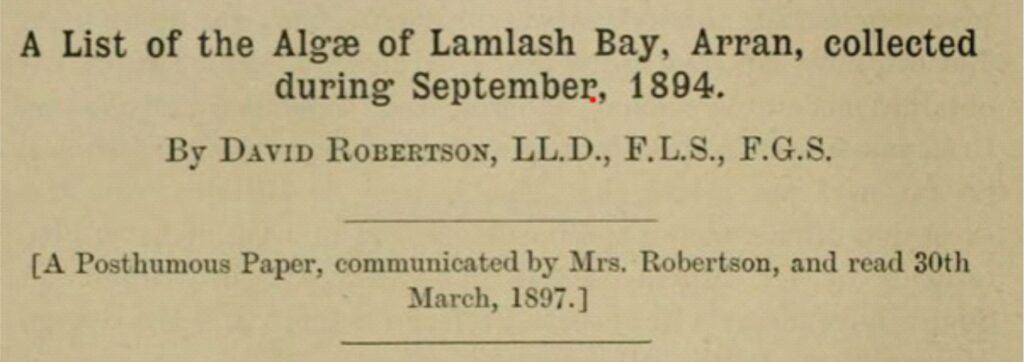
Hannah moved to Great Cumbrae in 1860, initially for health reasons, but subsequently this became the family home. Around this time, she began to devote her collecting and study to modern foraminifera, mostly recovered by dredging the Clyde Firth, but also on a trip to Shetland in 1867 (David Robertson Obituary, Natural History Society of Glasgow 1897). Her microfaunal listings and descriptions were included in a 1901 Handbook – but I have not been able to view this publication (R. Weddle, 2011).
Hannah Robertson and Elizabeth Gray became Honorary Members of the Natural History Society of Glasgow in 1901 (Elizabeth Gray was a well-known Scottish paleontologist). On April 29, 1902, Hannah’s paper on the first account of the calcareous alga Lithothamnion being found in Britain was read to the NHSG Proceedings (but not by her) (NHSG Transactions, 1902, p. 383).
Before his death David Robertson founded the Millport Marine Biological Station on Great Cumbrae, which opened 1897 not long after he passed away. It subsequently operated as a marine research station under the auspices of the University of London until its closure in 2013. At the time of its founding, Roberston was in his late 80s and undoubtedly he had considerable assistance from his wife, although there is little mention of her role in the subsequent obituaries or biographies. The Station was subsequently converted to the Robertson Museum and Aquarium.
There is an interesting quote from an early history of the Glasgow Geological Society written by Peter MacNair, and Frederick Mort, 1908 where, acknowledging the importance of David Robertson’s scientific endeavours, they note “In 1843 he married Hannah Alston, a relative of his partner’s, a lady who was of great assistance to him in his scientific work, and who, we are pleased to say, still survives.”
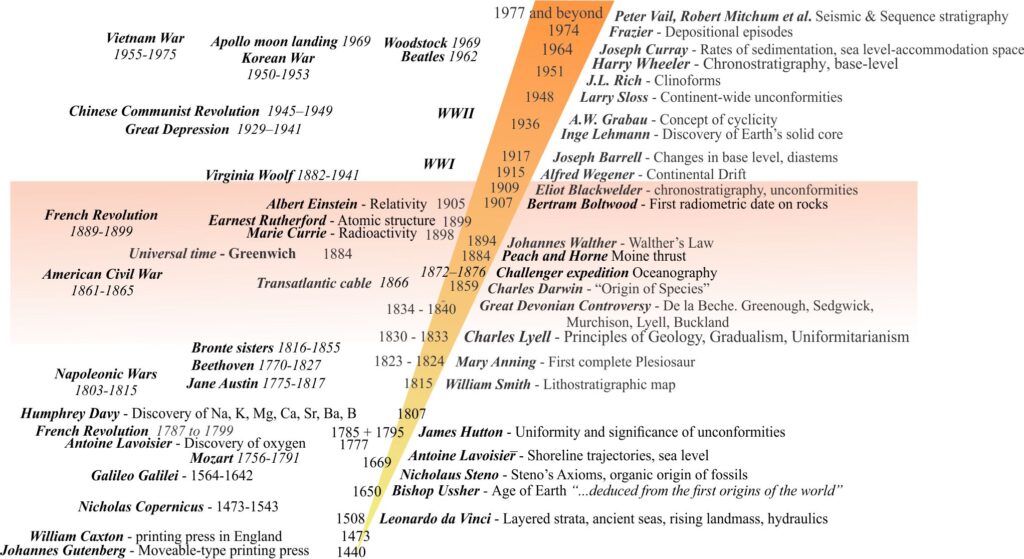
[In Victorian England and Wales the legal status of women changed when they married; the status of women in 19th C Scotland was similar. They ceased to be legal persons, effectively becoming the property of their husbands; the couple became a single person (referred to as coverture – a doctrine that has its origins in the Middle Ages), which meant they could not own property, that all their personal effects became the property of the husband, and they could not sue (or be sued). A wife was beholden to her husband for just about everything; she had a duty to obey, a condition that has biblical origins and still resonates in some marriage vows today. The English Divorce Act of 1857 permitted divorce under certain circumstances that favoured the husband’s position – he could claim damages if his reputation was compromised, but she could not; divorce always reduced a woman’s status. Scottish divorces after 1830 where both parties could sue were decided by the courts, but the task for women was much more difficult than for men. Other changes like the English Property Acts of 1870 and 1882 provided piecemeal relief for women. Similar property acts in Scotland were promulgated in 1880 and 1881.]
References and other links
Thomas Rosco Rede Stebbing, 1891. The naturalist of Cumbrae; a true story, being the life of David Robertson. London, K. Paul, Trench, Trübner.
Mrs. David Robertson, 1901. Lithothamnion glaciale, Kjellm., a Calcareous Alga new to Britain. Transactions of the Natural History Society of Glasgow (including Proceedings), Vol VI, 1899-1902, p.383.
Peter Macnair, and Frederick Mort, 1908. History of the Geological Society of Glasgow, 1858-1908, with Biographical Notices of the most Prominent Members.
Richard Weddle, 2011. Some significant women in the early years of The Natural History Society of Glasgow. Link to PDF.
Judith Thompson, 2019. The Ark, Origins of Marine Research in Scotland. The Linnean Society.
